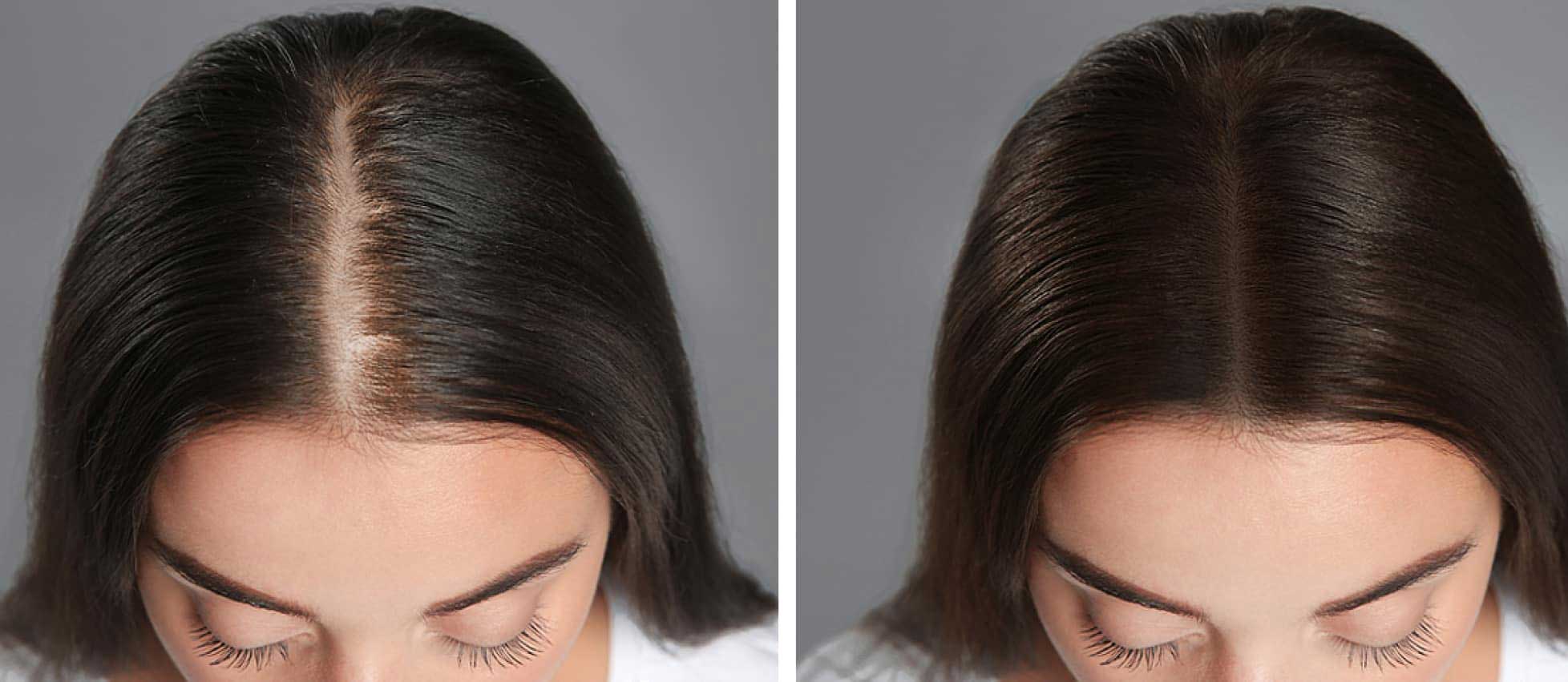
2023-12-08T12:37:21
HAIR REPLACEMENT Hair replacement refers to various techniques and products designed to replace or restore hair for individuals experiencing hair loss or baldness. There are both surgical and non-surgical options available for hair replacement. Here are some common approaches: Hair Extensions: Hair extensions involve attaching additional strands of hair to existing hair to add length, volume, or both. Extensions can be made from synthetic or natural hair and may be attached using various methods, including bonding, weaving, or tape. Medications: Some medications, such as minoxidil and finasteride, are FDA-approved for the treatment of hair loss. Minoxidil is a topical solution, while finasteride is an oral medication. These medications can be used to slow down hair loss and, in some cases, promote hair regrowth. Platelet-Rich Plasma (PRP) Therapy: PRP therapy involves drawing a small amount of the patient's blood, processing it to concentrate the platelets, and then injecting the platelet-rich plasma into the scalp. PRP is believed to stimulate hair follicles and promote hair growth. Hair Transplant: Hair transplant is a surgical procedure where hair follicles are taken from a donor area (usually the back or sides of the scalp) and transplanted into the recipient area. This is a more permanent solution and is suitable for individuals with stable patterns of hair loss. The choice of a hair replacement method depends on various factors, including the cause and extent of hair loss, the individual's preferences, budget, and medical considerations. Consulting with a qualified dermatologist or hair restoration specialist is crucial to determine the most appropriate solution based on individual needs and circumstances

